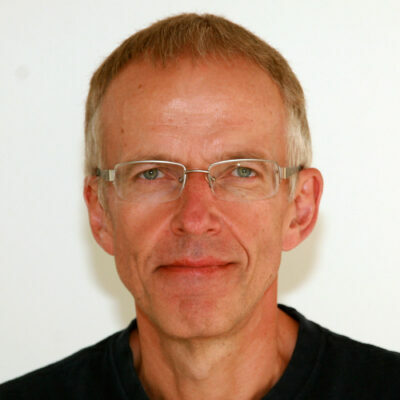Generation of dual-target compounds using a transformer chemical language model
Compounds with defined multi-target activity are candidates for the treatment of multi-factorial diseases. Such compounds are mostly discovered experimentally. Designing compounds with the desired activity against two targets is typically attempted by pharmacophore fusion. In addition, machine learning models can be derived for multi-target prediction of compounds or computational target profiling. Here, we introduce transformer-based chemical language model variants for the generative design of dual-target compounds. Alternative models were pre-trained by learning mappings of single- to dual-target compounds of increasing similarity. Different models were optimized for generating compounds with activity against pairs of functionally unrelated targets using a new cross-fine-tuning approach. Control models confirmed that pre-trained and fine-tuned models learned the chemical space of dual-target compounds. The final models were found to exactly reproduce known dual-target compounds excluded from model derivation. In addition, many structural analogs of such compounds were generated, further supporting the validity of the methodology.
- Veröffentlicht in:
Cell Reports Physical Science - Typ:
Article - Autoren:
Srinivasan, Sanjana; Bajorath, Jürgen - Jahr:
2024 - Source:
https://www.sciencedirect.com/science/article/pii/S2666386424005605?via=ihub
Informationen zur Zitierung
Srinivasan, Sanjana; Bajorath, Jürgen: Generation of dual-target compounds using a transformer chemical language model, Cell Reports Physical Science, 2024, https://www.sciencedirect.com/science/article/pii/S2666386424005605?via=ihub, Srinivasan.Bajorath.2024a,
@Article{Srinivasan.Bajorath.2024a,
author={Srinivasan, Sanjana; Bajorath, Jürgen},
title={Generation of dual-target compounds using a transformer chemical language model},
journal={Cell Reports Physical Science},
url={https://www.sciencedirect.com/science/article/pii/S2666386424005605?via=ihub},
year={2024},
abstract={Compounds with defined multi-target activity are candidates for the treatment of multi-factorial diseases. Such compounds are mostly discovered experimentally. Designing compounds with the desired activity against two targets is typically attempted by pharmacophore fusion. In addition, machine learning models can be derived for multi-target prediction of compounds or computational target...}}
